
Kate Andrias is the Patricia D. and R. Paul Yetter Professor of Law at Columbia Law School.
This post was co-published with the LPE Blog.
Earlier this year, SpaceX filed a lawsuit brazenly arguing that the National Labor Relations Board (NLRB), an agency that has existed for nearly a century, is unconstitutional. According to SpaceX, and other corporations like Amazon, Trader Joe’s, and Starbucks who have since echoed SpaceX’s claims, the NLRB’s structure violates the separation of powers, Article II, and the Seventh Amendment right to a jury trial.
SpaceX’s suit follows countless other cases in which corporations—buttressed by the Chamber of Commerce, the National Association of Manufacturers, and other right-wing trade associations and think tanks—have mounted constitutional challenges to worker rights. They have argued, for instance, that the Fifth Amendment prohibits states from giving union organizers access to farms to talk to farmworkers; that the First Amendment bars government from even requiring companies to put up a poster informing workers of their legal rights; that the equal protection clause prohibits cities from raising compensation for particular groups of workers, like gig workers; and that the Supremacy and Dormant Commerce Clauses disable localities from setting basic employment standards, like just cause protections, that apply only to large companies operating within a given state. Across these and other doctrinal areas, business is invoking the Constitution in an effort to stymie labor rights; limit democratic control over the workplace, the economy, and the government; and lock in the power of capital.
Why are we seeing these arguments now? Versions of these claims were rejected by the Supreme Court nearly a century ago, but corporations surmise they will find a sympathetic audience before a conservative supermajority on the Supreme Court that has shown itself to be openly hostile to administrative law generally and to workers’ rights in particular.
In addition, workers are organizing and striking in greater numbers, upping the stakes for business. Indeed, as I argue in a recently published article and lay out in the following post, workers are not simply trying to change labor policy. Rather, in the face of capital’s constitutional attack, they are offering a fundamentally different vision for our economy and our society—one rooted in constitutional values of democracy, equality, and freedom. They are seeking to change how we constitute ourselves as a society—to change our constitutional order, engaging in what scholars have called constitutional construction or small-c constitutionalism, albeit not always self-consciously. As a result, we are witnessing the emergence of a constitutional clash between labor and business, echoing the fights of the early twentieth century.
Taking labor’s vision seriously is critical for thinking about the future of constitutionalism. It shows that progressive constitutional political economy arguments are not a relic of the past, enriching debates explored in terrific, but largely historical books by such scholars as Aziz Rana and Joseph Fishkin and William Forbath. It also can help us get traction on abstract Law and Political Economy (LPE) discussions, including about the role of courts and constitutionalism. Labor’s experience on the ground supports claims to weaken judicial supremacy but challenges arguments to completely disempower courts or abandon constitutionalism. Ultimately, labor’s constitutional vision offers us an alternative not only to business’s right-wing constitution but also to the New Deal constitutional settlement.
Labor’s Constitutional Vision
Labor, of course, is not monolithic. Yet among the substantial and growing worker movements and their allies that are committed to building a more democratic and egalitarian political economy, a distinctive vision is coming into focus—articulated through picket lines, in administrative agencies, in legislatures, and occasionally in courts. Labor’s constitutional vision emerges from four major strands of activity.
First, in historic organizing and strike victories, workers from Starbucks baristas to autoworkers, from Hollywood writers to Uber drivers, are defending as fundamental the rights to organize, bargain, and strike, rights that are insufficiently protected under our current law. They are also insisting that workers should not lose all their basic rights when they enter the workplace—that the workplace should not be a place of authoritarian rule. For instance, in March, labor successfully supported legislation in Washington state that bans captive audience meetings, in which employers require workers to listen to political speech as a condition of employment. Similar bans have been enacted in Connecticut, Maine, Minnesota, New York, and Oregon. Meanwhile, in recent years, hundreds of thousands of teachers have engaged in strikes even when the law prohibits them from doing so. Through these actions, labor is working to redefine, on the ground, conceptions of fundamental rights, including freedom of speech and association and the constitutional guarantee of free labor. On this view, rights are collective, as well as individual, and protect against exercises of private domination, as well as public.
Second, workers are rejecting the extraordinary economic inequality and insecurity that define our current economy. They are making rights-based claims to livable wages and decent benefits, to more equality in the distribution of corporate profits, and to social services and caregiving—and they are making gains to those ends both through collective bargaining and new state and local legislation. In just the past few years, at labor’s urging, states and localities across the country, even in deep red states, have raised minimum wages, while unionized workers in a range of industries have won substantial increases for both themselves and their communities. In achieving these gains, workers are positing social and economic rights as fundamental and necessary to a functioning democracy.
Third, workers are seeking to eradicate the exclusions and hierarchies that have historically characterized the U.S. labor market, wherein sectors dominated by women and people of color—from agricultural and domestic work to gig or piece work—have long been denied status as equal rights-holders. Homecare workers, domestic workers, farmworkers, and gig workers have all made important gains in recent years, though many remain without full labor rights. In pressing for universal labor rights, workers are seeking to redefine who counts as “we the people” and what counts as equal protection under the law, and they are pushing legislators to eradicate systems of unfree labor, as Reconstruction promised.
Finally, workers are fighting for a more democratic system of governance—one that grants workers more power in policymaking and subordinates the economic sphere to greater democratic control. For example, fast-food workers in California and nursing home workers in Minnesota have enacted new administrative structures that allow them to sit down with their employers to set wages and working conditions throughout their industries. In short, labor is seeking to expand the powers, obligations, and participatory structures of government, while subordinating market forces to democratic control.
Labor advances its vision primarily outside the courts—in legislatures, agencies, and the public sphere. Sometimes it articulates claims in express constitutional terms; frequently, it does not. Yet, each of its efforts has a significant constitutional dimension. Knitted together, they would redefine the boundaries of governance and rights—what government must do, may do, and may not do—and tie these rudiments of public power and constraint to orienting moral ideas.
Unsettling the New Deal Settlement
Critically, labor’s constitutional vision contrasts not only with business’s constitution being embraced by the right-wing Supreme Court but also with the constitutional settlement reached in the aftermath of the New Deal, especially as it developed over subsequent decades and has been articulated by most of the Court’s current and recent Justices.
When it came to economic legislation, the New Deal settlement embraced at the outset a commitment to a broad congressional power and deference from the judiciary to the political branches. It also rejected the Lochner era’s formalistic approach to liberty. But even before the New Deal settlement was curtailed beginning in the 1970s with the rise of neoliberalism and the Rehnquist Court, the Court did not unsettle the classical liberal constitutional tenets that long characterized U.S. Constitutional law. In particular, despite the goals of progressives, labor, and left-New Dealers, the post-New Deal settlement retained classical liberalism’s suspicion of the state, which was thought to curtail the natural rights enjoyed by individuals except when enforcing traditional contract and property rights.
In addition, the post-New Deal constitutional order continued to see the existence and operation of private power as not of central constitutional concern—and, more generally, paid little attention to power relationships. It also failed to protect adequately workers’ collective labor rights, focusing almost exclusively on individual rights, while rejecting as a violation of due process and the separation of powers efforts to subject the economy to shared democratic control. By the 1970s, it firmly rejected the idea of social and economic rights, while also rejecting an anti-caste or antisubordination approach to equality. Finally, it never fully repudiated a system of extreme judicial supremacy.
Labor’s vision, elaborated above, offers a contrasting approach. Instead of focusing only on protecting individual rights from intentional state incursion, it embraces a more social democratic approach, with particular attention to how power is exercised. It sees the democratic state as having a legitimate role over market forces—as providing the best hope for achieving progressive social change. It also sees private power as posing a threat to basic constitutional values, and it seeks to extend principles of democracy and freedom of speech and association into the workplace and the economy. It views reducing material inequality as a necessary precondition of political freedom. It focuses on problems of subordination and exclusion in order to realize equality and a system of free labor. And while it does not repudiate judicial review, it also does not concede to the Supreme Court the sole authority to interpret the Constitution, instead seeking to reinvigorate legislative, administrative, and popular constitutionalism.
Labor’s efforts provide reason for hope. To be sure, success is uncertain. Despite the rise in organizing and strike activity, record-levels of public support for workers, and the policy successes at the local, state, and federal administrative levels, labor is only beginning to translate the new energy into major organizational victories. And, at the federal legislative level, it has not yet achieved any labor law reform, let alone reforms that would bring about economic or social transformation.
Yet labor’s efforts nonetheless pose a significant challenge to the constitutional order and an important articulation of a more democratic and egalitarian alternative. Despite the absence of a supportive Court majority or an effective majority in Congress, labor’s successes to date demonstrate that even when powerful forces are hostile to social justice and emancipatory social change, there is still much that can be done. By working to build a new constitutional order from within the interstices of the old, labor’s efforts are laying a foundation on which to build.
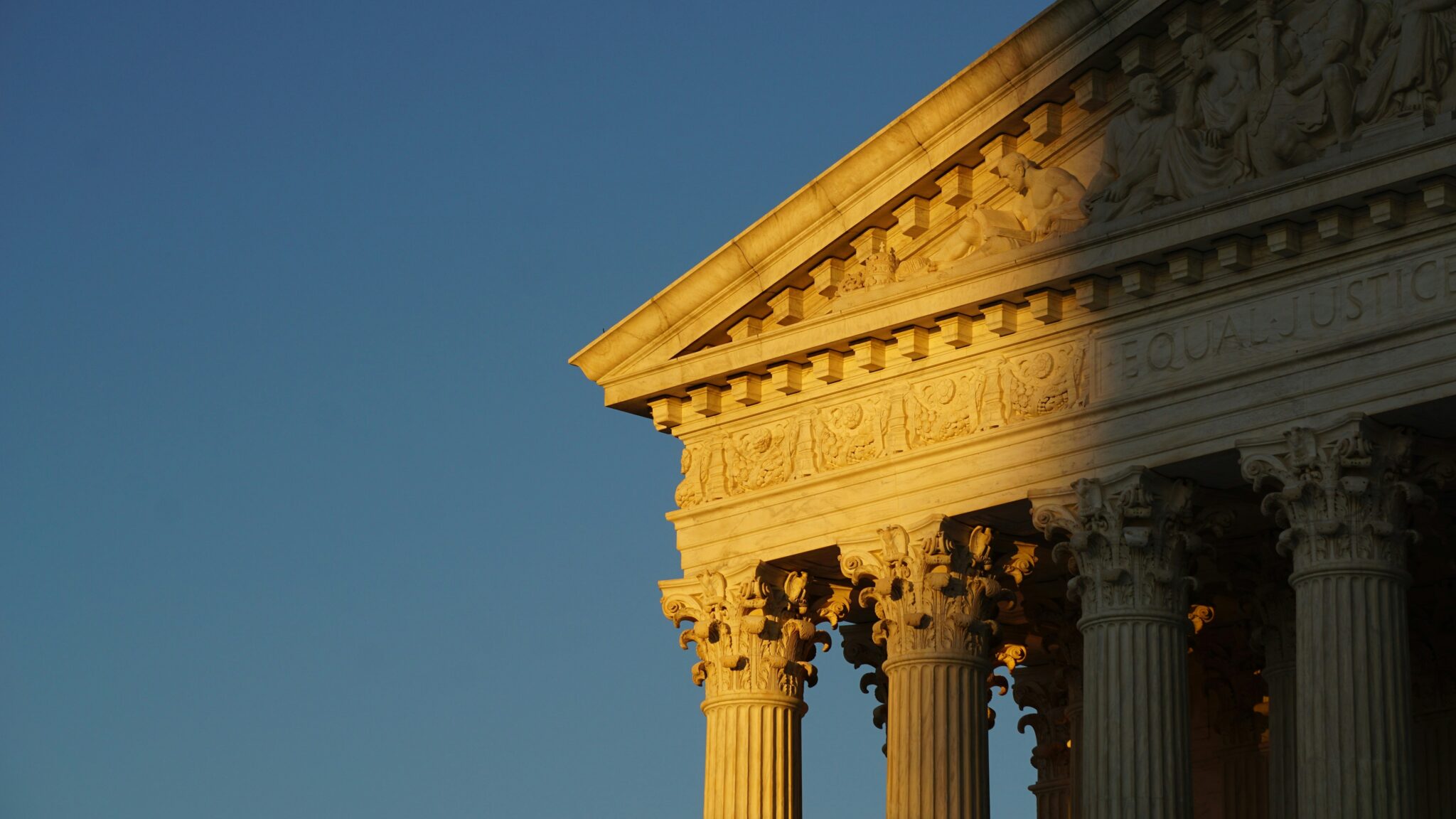
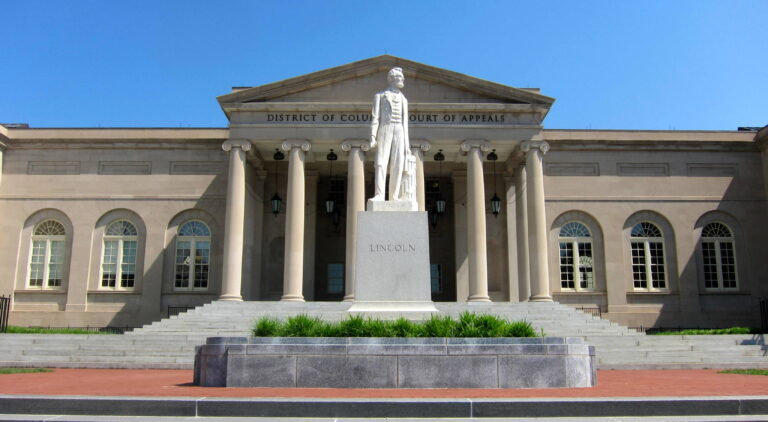
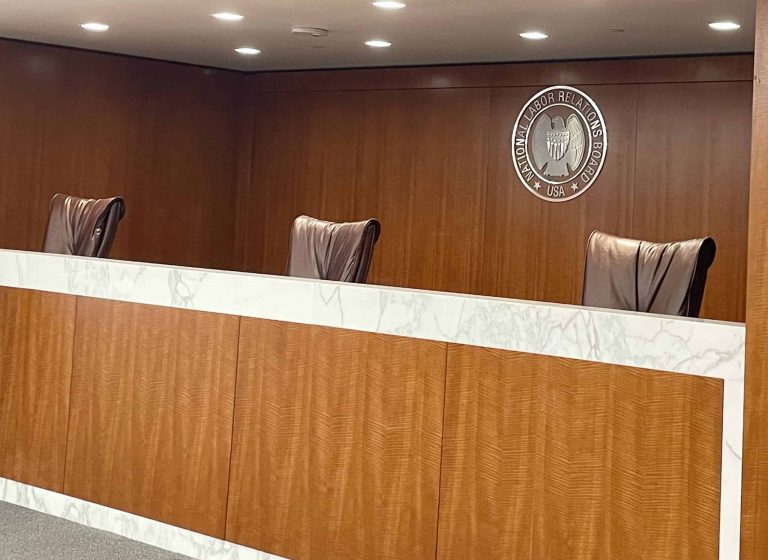
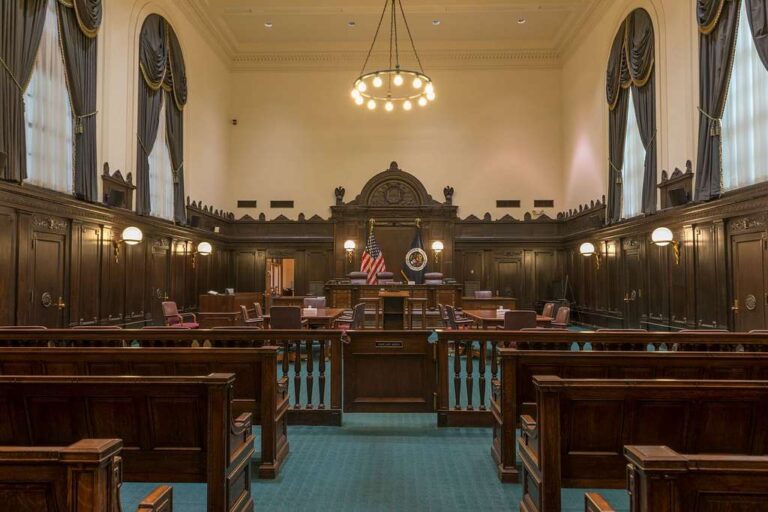
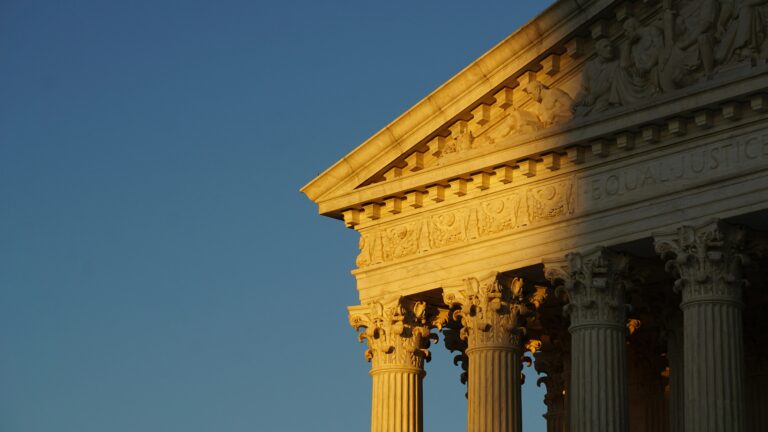

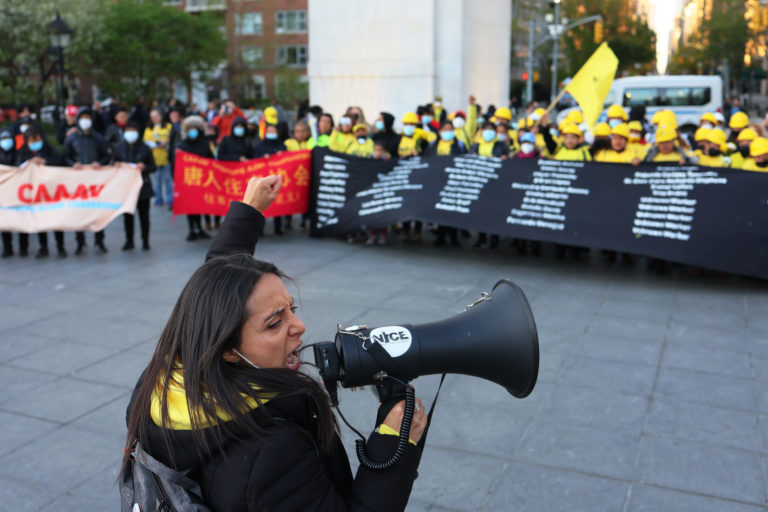


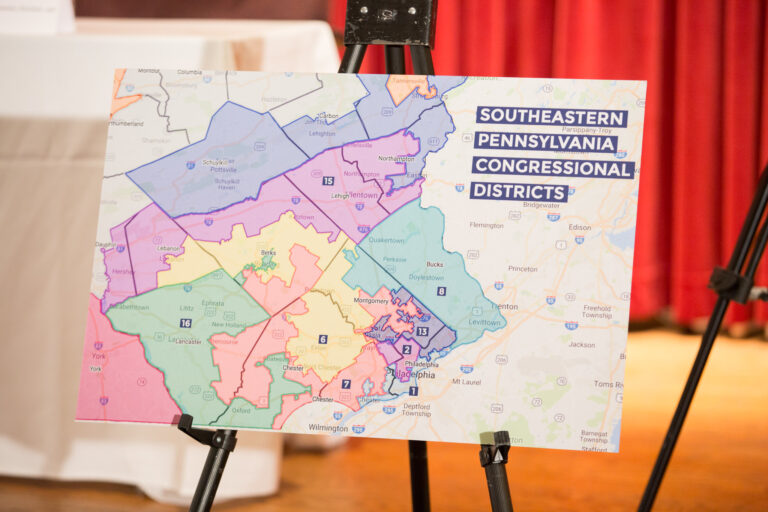
Daily News & Commentary
Start your day with our roundup of the latest labor developments. See all
December 18
New Jersey adopts disparate impact rules; Teamsters oppose railroad merger; court pauses more shutdown layoffs.
December 17
The TSA suspends a labor union representing 47,000 officers for a second time; the Trump administration seeks to recruit over 1,000 artificial intelligence experts to the federal workforce; and the New York Times reports on the tumultuous changes that U.S. labor relations has seen over the past year.
December 16
Second Circuit affirms dismissal of former collegiate athletes’ antitrust suit; UPS will invest $120 million in truck-unloading robots; Sharon Block argues there are reasons for optimism about labor’s future.
December 15
Advocating a private right of action for the NLRA, 11th Circuit criticizes McDonnell Douglas, Congress considers amending WARN Act.
December 12
OH vetoes bill weakening child labor protections; UT repeals public-sector bargaining ban; SCOTUS takes up case on post-arbitration award jurisdiction
December 11
House forces a vote on the “Protect America’s Workforce Act;” arguments on Trump’s executive order nullifying collective bargaining rights; and Penn State file a petition to form a union.